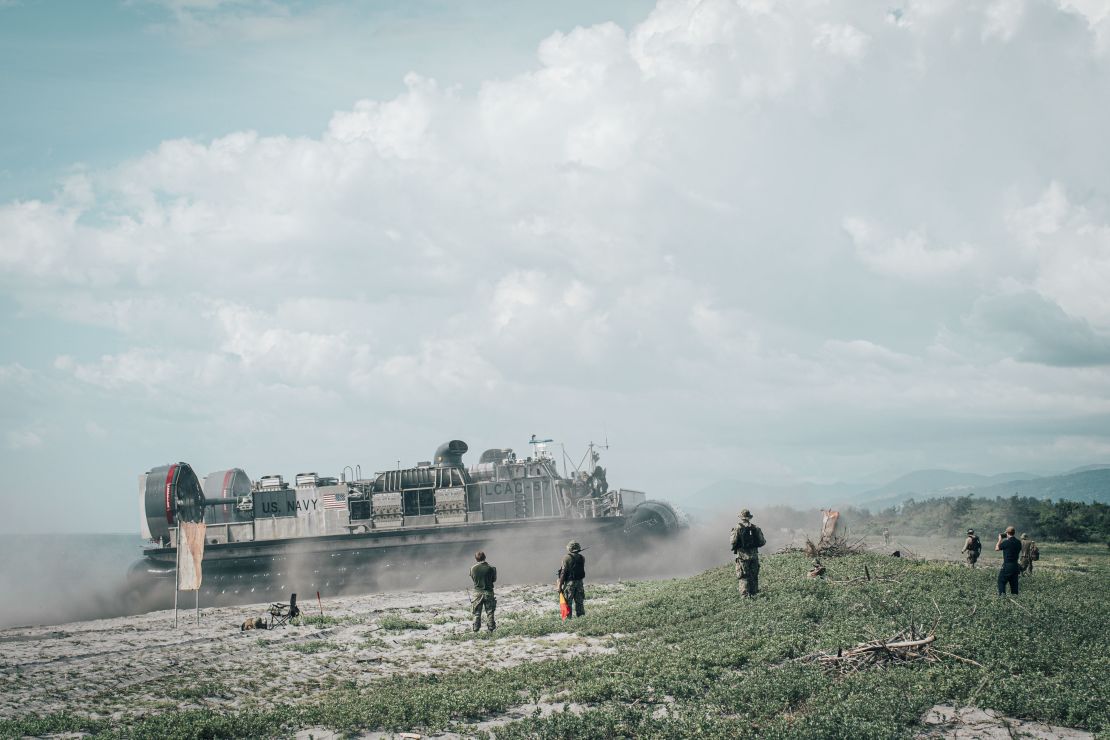The Philippines is restoring a military agreement with the United States that makes it easier for US forces to move in and out the country and signals to China a renewed commitment to the 70-year-old US-Philippine alliance.
Philippine Defense Secretary Delfin Lorenzana and US Defense Secretary Lloyd Austin announced the restoration of the Visiting Forces Agreement (VFA) in a joint news conference in Manila on Friday.
The VFA, originally signed in 1988, gives US military aircraft and vessels free entry into the Philippines and relaxes visa restrictions for US military personnel. It is seen as important to Washington being able to act to protect the Philippines under the 1951 Mutual Defense Treaty between the two nations.
Philippine President Rodrigo Duterte had previously vowed to terminate the agreement, but had repeatedly pushed back the expiration date, Reuters reported, maintaining it until the end of the year.
Austin welcomed Duterte’s decision to reverse course, thanking the President for his decision to fully restore the agreement. “A strong, resilient US-Philippines alliance will remain vital to the security, stability and prosperity of the Indo-Pacific,” Austin said. “A fully restored VFA will help us achieve that goal together.”
Historic US-Philippine ties
The Philippines was once home to two of America’s largest military bases outside of the US: Clark Air Base and Subic Bay Naval Station.
Although those ceased to be US bases in the early 1990s, US forces still had access to them under the VFA and Manila maintained strong military ties with Washington.

But over the past few years, Duterte had tilted away from the US and toward China, which has offered a closer economic relationship with Manila.
“I need China. More than anybody else at this point, I need China,” Duterte said before flying to Beijing in April 2018.
The Philippine President’s overtures to Beijing came with the two countries locked in an ongoing dispute over their competing claims in the South China Sea. Since 2014, China has worked to turn numerous obscure reefs and sandbars in the waterway into man-made artificial islands heavily fortified with missiles, runways and weapons systems – prompting outcry from other governments including Manila.
In 2016, a tribunal in The Hague ruled in favor of the Philippines in a maritime dispute, concluding China has no legal basis to claim historic rights to the bulk of the South China Sea.
Chinese activity near Philippines
Duterte’s pursuit of closer ties with Beijing has come under increasing pressure at home this year as an uptick in Chinese activity inside the Philippines’ Exclusive Economic Zone (EEZ) in the South China Sea has strained the Manila-Beijing relationship.
The Philippines took a tough tone earlier this year over the lingering presence of hundreds of Chinese boats in its EEZ, especially in April after China criticized Manila for staging naval and coast guard exercises in the South China Sea.
Duterte said at the time he would not compromise on his country’s sovereignty in the waterway.
“So China, let it be known, is a good friend and we don’t want trouble with them, especially a war,” Duterte said in a late night address. “But there are things that are not really subject to a compromise … I hope they will understand but I have the interest of my country also to protect,” Duterte said.
Though the VFA disagreement had frayed US-Philippine military relations, US officials had been steadfast that there was no weakening of the mutual defense treaty due to it.
On the fifth anniversary of The Hague ruling earlier this month, US Secretary of State Antony Blinken reaffirmed the US’ commitment to defend the Philippines’ armed forces.
The US’ top diplomat said the US could invoke the US-Philippine mutual defense pact in the event of any Chinese military action against Philippine assets in the region.
“We also reaffirm that an armed attack on Philippine armed forces, public vessels, or aircraft in the South China Sea would invoke US mutual defense commitments under Article IV of the 1951 US-Philippines Mutual Defense Treaty,” Blinken said.



